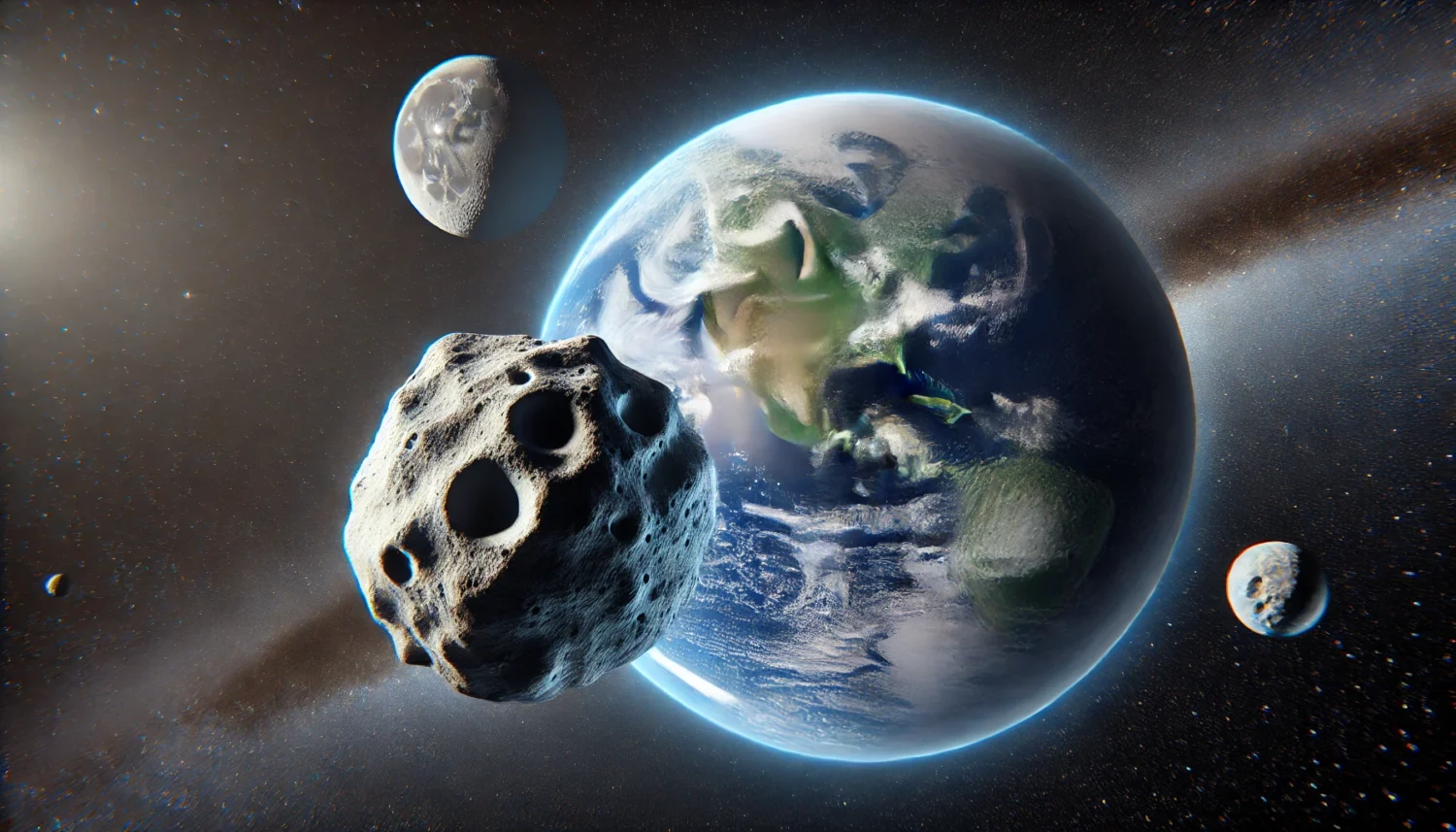
Earth is all set to witness its temporary second Moon from 29 September to 25 November. A small asteroid is being captured by the planet’s gravitational field, creating a temporary ‘mini-moon’ experience. This ‘mini-moon’ is a tiny asteroid named 2024 PT5, which usually orbits the sun as a part of a small asteroid belt that follows Earth. Though it can’t be visible through the naked eye, it can be visible through professional equipment. This is mostly due to the massive size difference between the Moon and 2024 PT5. While the Moon is estimated to be 3475 kilometres in diameter, 2024 PT5 is believed to be 37 feet wide.
According to the latest data from NASA’s Jet Propulsion Laboratory Horizon Systems, the temporary capture will start at 15:54 EDT on 29 September and end at 11:43 EDT on 25 November. The object that captivates the interest of all stargazers & space enthusiasts and, scientists alike belongs to the Arjuna Asteroid Belt, a secondary Asteroid belt made of space rocks that follow orbits very similar to Earth at an average distance to the sun of about 93 million miles(150 million kilometres). Objects in the Arjuna asteroid belt belong to the near-Earth object population of asteroids and comets. It was spotted by NASA’s Asteroid Terrestrial-Impact Last Alert System(ATLAS) on 7 August. It is believed to be 10 meters wide. 2024 PT5 is not the first mini-moon that the Earth is witnessing. Scientists have officially captured two prior “short-captures”, an asteroid-grabbing event that lasts about a week and occurs multiple times over a decade. The two significant ones were Asteroid 2006 RH120 and Asteroid 2020 CD3.






